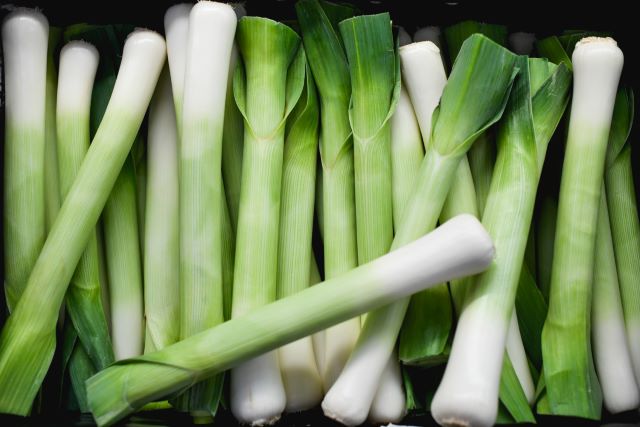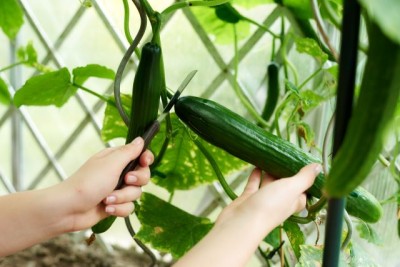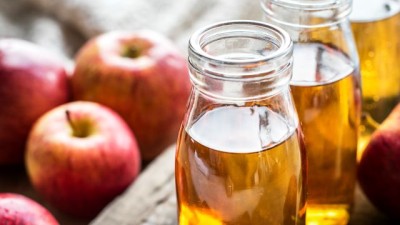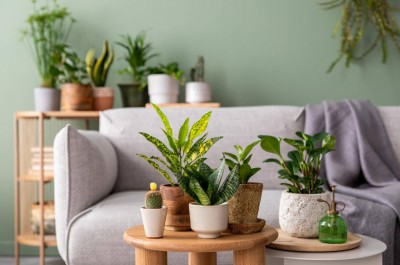How To Regrow Leeks From Your Kitchen Scraps?
Warning: Undefined variable $post in /home/dietofli/public_html/wp-content/plugins/code-snippets/php/snippet-ops.php(584) : eval()'d code on line 3
Warning: Attempt to read property "ID" on null in /home/dietofli/public_html/wp-content/plugins/code-snippets/php/snippet-ops.php(584) : eval()'d code on line 3
The estimated reading time is 7 minutes
Warning: Undefined variable $post in /home/dietofli/public_html/wp-content/plugins/oxygen/component-framework/components/classes/code-block.class.php(115) : eval()'d code on line 3
Warning: Attempt to read property "ID" on null in /home/dietofli/public_html/wp-content/plugins/oxygen/component-framework/components/classes/code-block.class.php(115) : eval()'d code on line 3

There are endless times when you opened the fridge and found, far in the back, stashed containers there for weeks, wholly forgotten?
One study even found that 44 % of Americans found a product in their fridge and did not know it was placed there or bought it beforehand. So, we should all get smarter in any sense, including using the leftovers for many reasons such as social, environmental, and financial.
I am pretty sure that you were already composting your kitchen leftovers. But did you know that many plants can be regrown with minimal effort and no cost whatsoever? It is fun and rewarding, especially when growing on winter days and early spring. You can regrow many vegetables and herbs bought from your grocery store or simply regrow from your kitchen scraps.
One vegetable that is super easy to regrow from kitchen scraps is leek, all you need to do is save the base of its stalk, and you are ready to become a micro farmer.
Why Regrowing Leek Indoors?
Leeks do not get the attention they need in the kitchen, but they are incredibly versatile and add a milder onion flavor to almost all recipes and are an excellent onion substitute. You can easily put them on your pasta risotto or just eat them raw. It is a food you should be more often on your table raw or roasted as a side dish.
They are fat-free and packed with many vitamins and minerals. They can protect your heart like the other vegetables, part of the allium family, onions, and garlic. (1)
Like most vegetables, leeks promote weight loss as it a good source of fiber and water. (2) Therefore, they can also improve your digestion and regulate your metabolism.
Leek is very rich in vitamin A, and it will help you maintain healthy skin, eyes, and teeth.
To grow leeks from cutting is very rewarding, and you grow vegetables mostly for free. It is very easy and very similar to regrowing onions from scraps. If you have already used this method before, you already know how to do it!
Success is guaranteed, and it can be fun for the entire family, even for your kids!
In addition, if you grow and continue growing leeks cuttings, it will produce a flower stalk and go to seed. You can plant these seeds in early spring, so regrowing leeks seems to be a very rewarding and productive process.
Short Guide On Growing Leeks From Cuttings
One of the easiest ways of regrowing leeks indoors is by growing them in the water, and all you need is:
- A container (preferably a glass one)
- Sunny window or window facing south with bright and natural light
- Fresh water at room temperature
- Leeks with roots coming out from the bottom
Regrowing Leeks In Water
1. Save the leek root end.
Firstly, and most important, is to save the root end when cutting the leeks as it is the one that will resprout. Next, cut down the leeks to the white stalk, thus leaving the root intact. Then, place the stalk with the roots in the glass container with water with the stem facing upward. It is advisable to save at least 4 inches of the stalk to be used as extra support, especially if you plant it indoors.
2. Do not submerge the entire stalk into the water.
Do not submerge the whole stalk into the water as it might rot and destroy the cuttings. If you notice that it starts to rot, remove the rotten layer and plant it in a container filled with quality potting soil.
If you plan to grow more leeks at once, you need different containers so that they can resprout independently.
3. Change the water every few days.
The only thing you can do is change the water every few days to prevent and lower the growth of harmful bacteria and ensure that the leek’s root remains moist.
4. The leek cutting starts sprouting in 3 days.
When you have the new sprouts, you can plant them in a container.
5. Harvest as needed
Leek is edible at any growth stage, and you take them out of the container, slice off the parts you want to use in your kitchen, and return the other parts in their container. It is best to harvest them when the white shaft is 1 inch wide and 3 inches tall and the top of the leek is dark green.
The Long–Term Growth
If you like long–term growth, they need fertilizer and good sun exposure as it is not to be surprised as the plant needs water, sun, carbon dioxide, and oxygen to live.
Regrowing Leeks In Soil
You can grow leeks in water for weeks, even months, but leek, like all other plants, needs nutrients from healthy soil to grow naturally and in the long term, so it is recommendable to plant them in soil.
They are easy to grow in soil and are frost tolerant. In warmer zones, they can overwinter and produce new leeks all year round.
Growing leek indoors and on a sunny windowsill is better if you live in a colder zone.
How To Grow Leek In A Container?
- Take a medium-sized container (at least 18 inches deep). It should have draining holes, but not too big, as the water can flow easily and wash away the soil.
- They will grow well in composted soil, so you should try adding one-third of garden soil, one-third of vermicompost, and one-third of sand.
- You can also use a fertilizer, freed from weed killer, to improve the sprouting of stems and leaves.
- With a wooden stick or any other tool, make 2.5 inches deep hole in the center of the pot or a hole deep enough to cover the root ball of the scrap. Then, plant it, cover it with soil, and water it to grow naturally.
- Water it at least twice per week. Still, watering depends on your climate, and this will reflect your watering frequency. In addition, you can always check the soil with your finger to check the moisture, as leek doesn’t enjoy moist soil.
- They can be harvested at any stage of development.
Sunlight
The plant needs at least 6 hours of sunlight per day for better production. If you plant it outdoors, you should always find a place that gets enough light so it can survive, but it can grow perfectly in partial shade when outdoors.
The leek is growing only green stalks.
Naturally, leek stalks are green, and they only grow white when covered with soil or paper towel rolls to block the sun. This technique is called blanching, and you want your stalks to be white. It would help to lose its green color and become white if you had something to block the sunlight, such as newspaper, paper rolls, or plastic.
Growing Leeks From Seeds
If you plan to grow leeks from seeds, March is the month that almost all crops are sown. But, this depends on the leek variety and your local climate.
As they all need sowing at different times, you should always check the seed packet.
The step by step process:
- You should find small pots with potting mix to seed them.
- Plant them one per pot and cover them with the soil.
- Water it regularly, but not over wet.
- The seed will sprout in two weeks.
- When the seeds have grown to 6 – 8 inches tall, they can be planted outside in early summer.














